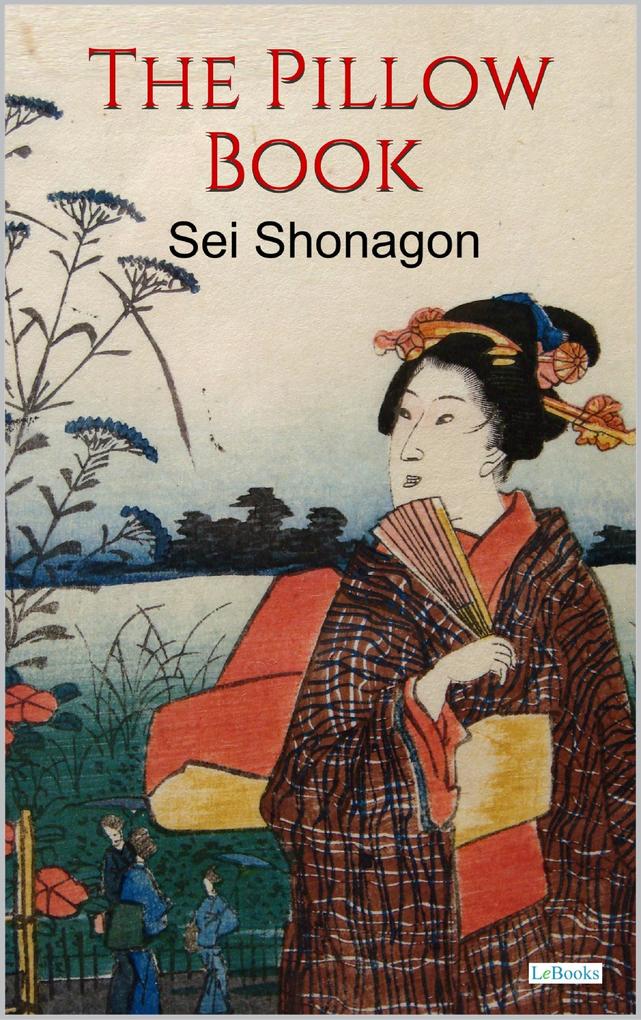
Sofort lieferbar (Download)
The Pillow Book by Sei Shonagon is a fascinating blend of personal reflections, courtly observations, and poetic musings, offering a vivid glimpse into the cultural and aesthetic sensibilities of Heian-era Japan. As a lady-in-waiting at the imperial court, Shonagon documents daily life with sharp wit and keen attention to detail, capturing the beauty, rituals, and intrigues of courtly society. Her work is structured as a collection of anecdotes, lists, and essays, reflecting both her personal tastes and the refined elegance of the period.
Since its composition in the 10th century, The Pillow Book has been celebrated for its unique narrative style and its insight into Heian aristocratic life. Its mixture of humor, lyrical beauty, and acute social commentary makes it one of the most enduring works of classical Japanese literature. Shonagon's vivid descriptions and her candid, sometimes playful, sometimes biting observations continue to captivate readers, offering a timeless exploration of human nature and aesthetic appreciation.
The enduring appeal of The Pillow Book lies in its ability to transcend time and place, offering an intimate perspective on emotions, relationships, and the pursuit of beauty. Through her fragmented yet deeply personal accounts, Shonagon invites readers to find delight in the small details of life, making her work a literary treasure that remains relevant across centuries.
Since its composition in the 10th century, The Pillow Book has been celebrated for its unique narrative style and its insight into Heian aristocratic life. Its mixture of humor, lyrical beauty, and acute social commentary makes it one of the most enduring works of classical Japanese literature. Shonagon's vivid descriptions and her candid, sometimes playful, sometimes biting observations continue to captivate readers, offering a timeless exploration of human nature and aesthetic appreciation.
The enduring appeal of The Pillow Book lies in its ability to transcend time and place, offering an intimate perspective on emotions, relationships, and the pursuit of beauty. Through her fragmented yet deeply personal accounts, Shonagon invites readers to find delight in the small details of life, making her work a literary treasure that remains relevant across centuries.
Mehr aus dieser Reihe
Produktdetails
Erscheinungsdatum
24. März 2025
Sprache
englisch
Seitenanzahl
170
Dateigröße
0,73 MB
Reihe
Women Writers of the World
Autor/Autorin
Sei Shonagon
Verlag/Hersteller
Kopierschutz
mit Wasserzeichen versehen
Family Sharing
Ja
Produktart
EBOOK
Dateiformat
EPUB
ISBN
9788583865148
Entdecken Sie mehr
Bewertungen
0 Bewertungen
Es wurden noch keine Bewertungen abgegeben. Schreiben Sie die erste Bewertung zu "The Pillow Book" und helfen Sie damit anderen bei der Kaufentscheidung.


































